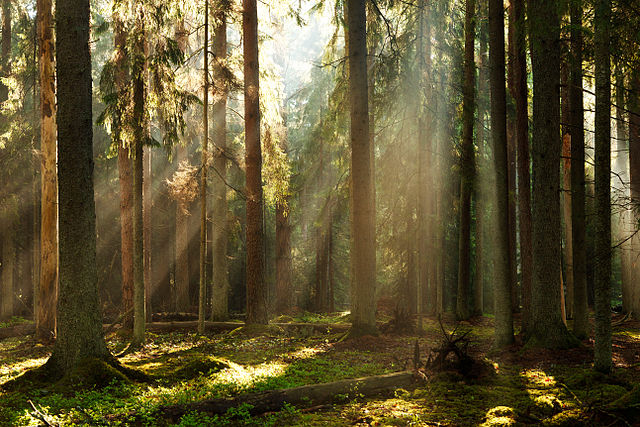Uruguay presents us a lot of sand and water in their Top-10 best photos. Enjoy beautiful water landscapes and peaceful nature captured by our users.
The Uruguay River

The Uruguay River is a river in South America. It flows from north to south and forms parts of the boundaries of Brazil, Argentina, and Uruguay, separating some of the Argentine provinces of La Mesopotamia from the other two countries. It passes between the states of Santa Catarina and Rio Grande do Sul in Brazil; forms the eastern border of the provinces of Misiones, Corrientes, and Entre Ríos in Argentina; and makes up the western borders of the departments of Artigas, Salto, Paysandú, Río Negro, Soriano, and Colonia in Uruguay.
The river measures about 1,838 kilometres (1,142 mi) in length and starts in the Serra do Mar in Brazil, where the Canoas River and the Pelotas River are joined, at about 200 metres (660 ft) above mean sea level. In this stage the river goes through uneven, broken terrain, forming rapids and falls. Its course through Rio Grande do Sul is not navigable.
White-tufted grebe

The white-tufted grebe is a species of grebe in the family Podicipedidae. Found in the southern half of South America, its natural habitat is freshwater lakes, ponds and sluggish streams. Continue reading “Top-10 best photos of Uruguay”
















